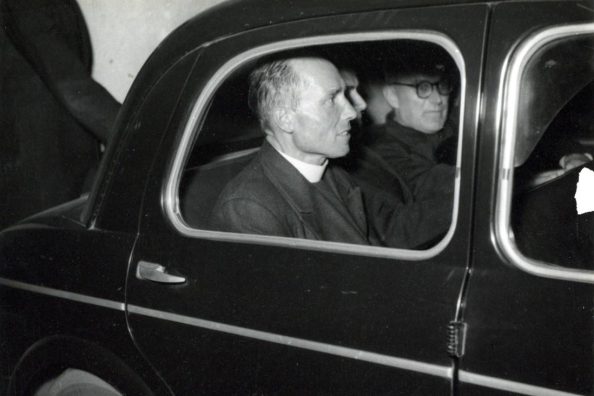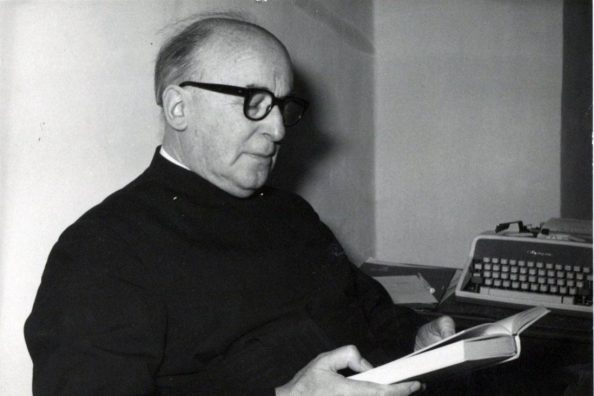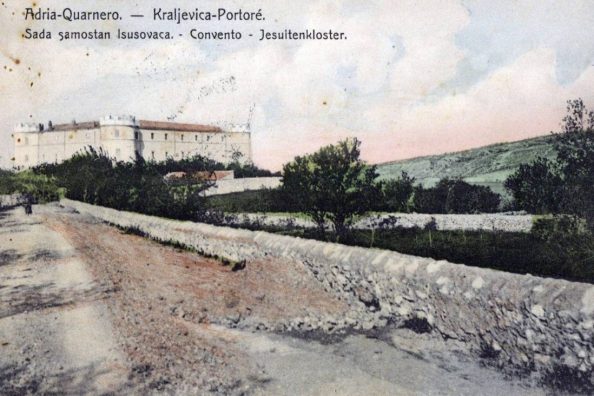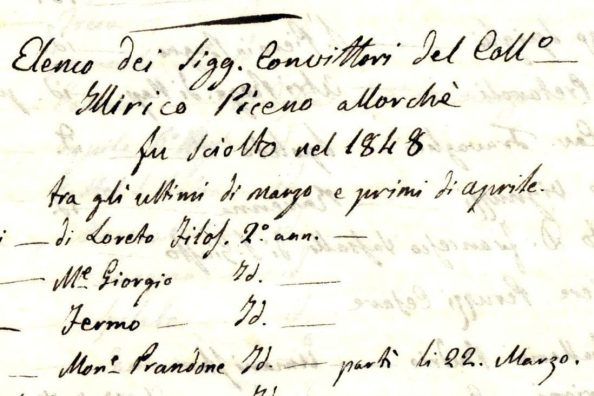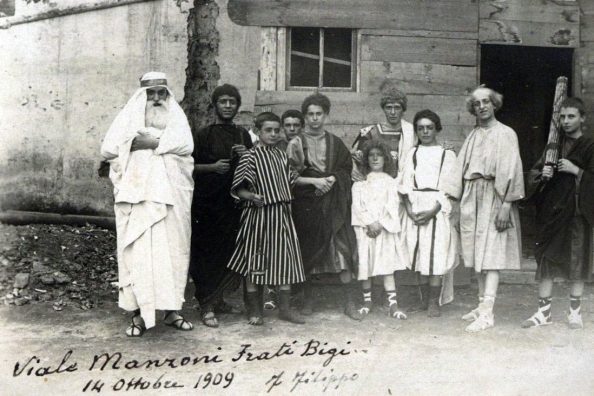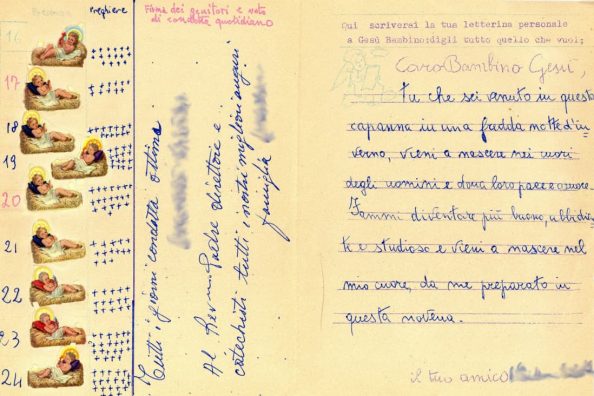Spiritual Exercises: instructions for use

The practice of the spiritual exercises characterises the Jesuit order, since it was St Ignatius himself who devised them and spread them, not only with his brothers and sisters and religious, but with all the faithful. Among the Jesuits who wrote on this subject, dedicating themselves for years to the practice of the exercises, is St Francis De Geronimo. A corpus of about 127 documents of the saint is preserved in the Province’s historical archive: these are notes, texts of homilies and sermons, which have recently been reordered and described in an inventory.
A large number of Jesuits, successors of St Ignatius, dedicated their religious life to the spreading of spiritual exercises, as guides for spiritual exercises, a role that today is also entrusted to lay people.
The spiritual exercises are not only concerned with the religious or spiritual sphere, but above all with the ability to orient oneself in difficult and crucial decisions in one’s life, spiritual, personal, professional.
Among the Jesuits who wrote on this subject, dedicating themselves for years to the practice of the exercises, is St Francis De Geronimo.
Today we enter into the way of the spiritual exercises thanks to a document preserved in the Province’s historical archive and included in a corpus of letters of the Saint.
S. Francesco De Geronimo was well known, and appreciated, during his lifetime for the zeal with which he dedicated himself to preaching in the streets, in Grottaglie as well as in Naples and many other cities in southern Italy.
Our archives contain a corpus of around 127 documents by St. Francesco De Geronimo, consisting of notes, homily texts and sermons, which have recently been reordered and described in an inventory. The corpus constitutes a happy exception from the point of view of periodisation, in fact our historical archive almost exclusively preserves papers produced from 1814 onwards, i.e. by the so-called ‘New Company’, since due to the suppression of the Order in 1773 the archival documentation was confiscated by the Old Italian States.
Among these ‘surviving’ papers, the presence of a document is striking, partly reproduced in the photo, which we will focus on today: ‘Instructions for those who want to do spiritual exercises’. From reading the document, it seems to be instructions for a female religious order, since St Francis de Geronimo, as spiritual father, had the opportunity to assist several of them.
Let us see the most salient passages of the “Prattica degl’esercizi spirituali per chi ne vuol cavar profitto”.
After closing the grates, there should “be great silence so that one does not speak, except when necessary, and this in a low voice”.
Furthermore, “After meditation morning and evening, without speaking, [ci] withdraws solitary to reflect on the enlightenment before meditation, at least for a quarter of an hour, and write down some sentiment, which will most move the heart so that it will be used in temptations.
Then “One must do half an hour of examination every day on the following things: one will examine how one carries [come ci si comporta] with God in fulfilling the obligations of gratitude, to Creation, preservation and redemption,
How she bears herself with herself, whether she has charity first for the things of the soul, or spiritual, or sooner for the corporal […].
As one bears with one’s neighbour, if one has aversion to any if at times insults, or blasphemies come out, if one has too much disordered attack with any or hatred.
How is he brought to obedience, if he is punctual in the execution of the orders of the Superiors, both within and without […].
How one carries oneself in the angelic virtue of chastity […], how one carries oneself in poverty […], how one carries oneself in the sacraments […].
Of course, these instructions were designed for a different context than today and for the intended recipients, the nuns, but certain passages of this instruction still characterise the spiritual exercises today.
Maria Macchi
